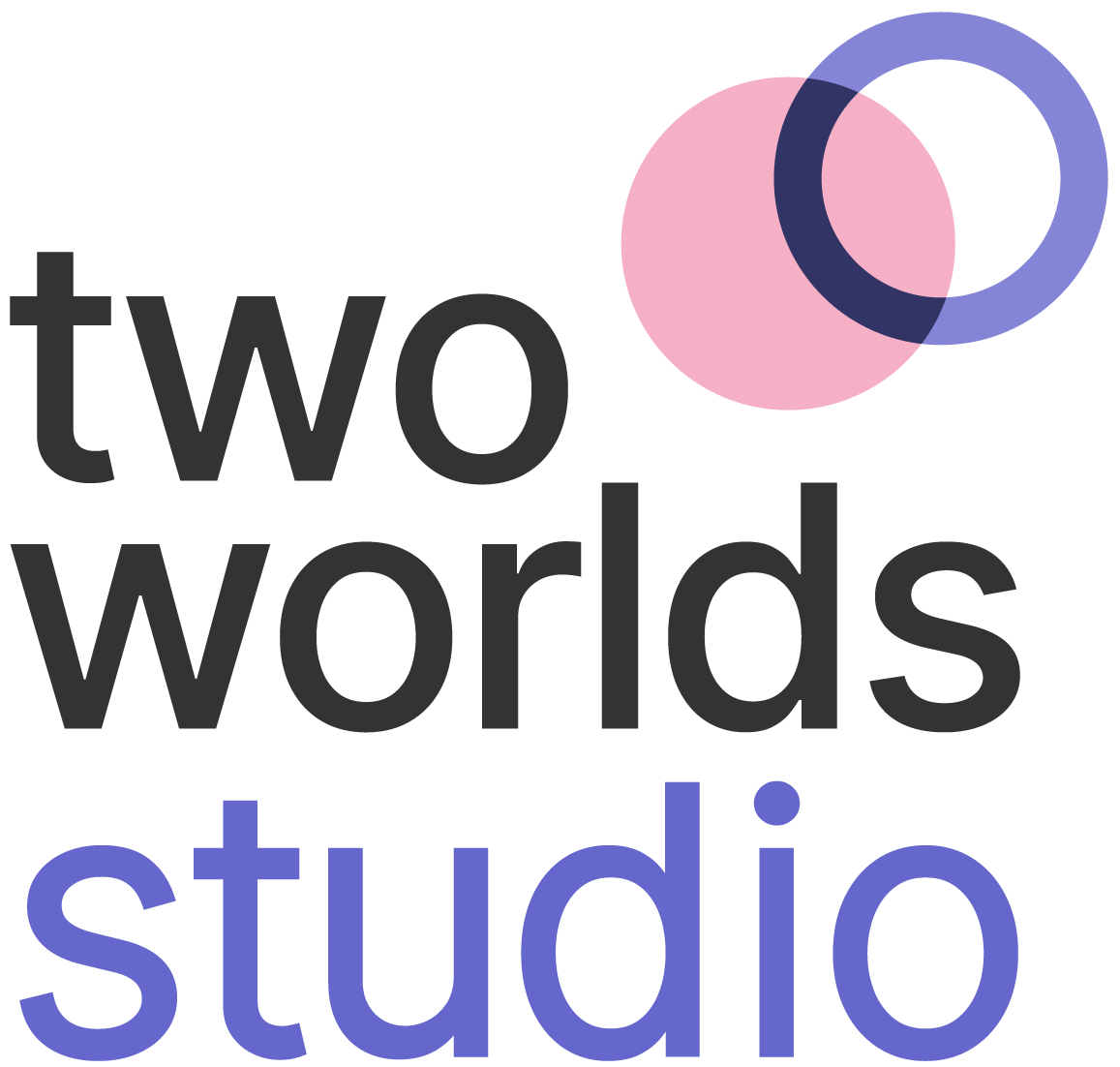
AVATARS
Features
Download source filesEach avatar can have as many features as you’d like. These are grouped in 3 categories - global, head and body. When a new avatar is created, some features are added by default, but most of these can be removed if not needed. We’re creating a “girl” avatar so let’s remove the “Beard”.
The easiest way to set up the rest of your features is to look at the source file. Let’s open up the character file from the demo book “The Sandbox”. There’s a download button under the video if you'd like to get it.
Nice, we’ve got the girl avatar here with the head and body features already grouped into two smart objects. When the illustration was made, all the layers and groups were in one file. They were later on stored into two separate smart objects to ensure easy export import.
Right, let’s open the head object. We’ve got all the features here ordered into groups, with the hat and freckles as single layers because these two features only have one layer each. Let’s start with the head - this is the base layer. It’s just one shape with 4 different colours. We’ve got pink, light brown, yellowish and dark skin shades. So we can set these up for the avatar.
We’ve already got a feature called “Head shape” so we’re going to use it. All the avatars require a base layer for their head features so this one cannot be removed. We’ve got one variation selected and we’re going to keep it to one. Because we’ve only got one shape for the head. Next, we’ve got a couple of settings called “First variation blank” - we’re keeping this one to “no” and “Initial preview” - we’re keeping this one to “pick random variation”. We'll get back to explain what they do when we set the “glasses” and “freckles”. Lastly, we notice we cannot set the colour of the skin here, because the colour is linked to the global feature called “Skin”.
So let’s set the colours there. We’re pressing on the plus button to add a new colour, then using the colour picker to select the 4 shades from our source file. These will only be used internally to help us upload the right layers for the right colour. Here’s how customers select the skin colour in the avatar customiser.
Next, let’s set the mouth and nose. They each have 4 variations so let’s select that. One thing that’s different for these features is the option “zoom on feature in customizer”. If “yes” is selected, the avatar is zoomed in for that feature. The zoom level can be set when the default pose is defined - we’ll cover this in a separate video. Let’s see this in action!
Moving on to the hair - we’ve got 17 variations, each with the same 4 colours - blond, red, brown and black. We’ll define this in settings. It’s important to note that the colours set here appear in the avatar customizer.
Now we do the same for the eyes - there are 4 variations, each with 4 colours: black, brown, blue and green. Let's set these up.
Nearly there! We’ve got the glasses with 2 variations and the same four colours for each variation: blue, pink, light-purple and dark-purple. This is where things are slightly different. Because we want one variation that represents an option without glasses, we actually set here 3 variations instead of 2. Then we ensure the option “first variation blank” is set to “yes”. Now we’ve got one option which is blank, like a layer with nothing on it. This is how it works in the customizer.
On to “Freckles”. We don’t have this feature pre-defined so let’s add it by pressing the plus button. We give it an internal name and a customer facing name. Next we set the number of variations to 2 and “first variation blank” to yes. Just like we did for “glasses”. This creates that empty layer and ensures we have an option that’s got no freckles. Finally, we set the “initial preview” to “pick first variation”. This means that when a customer previews this book for the first time and the avatar is randomly generated, the first variation for this feature will always be selected. Because the first variation is blank, this essentially results in all avatars having no freckles initially, with the customer having the option to add it later on.
And now the final feature for the head - the hat. Just like the freckles, this is just one layer. Unlike the freckles, we want the hat always on. We also want it to be hidden from the customizer - so it becomes essentially a layer that can be uploaded, but it’s never personalisable.
Excellent, we’re done with all the head features. Let’s move on to the body. This is going to be much quicker to set up. We’ve got the main body shape, which is just one variation with the same 4 skin tones that we’ve defined earlier. We’ve also got another feature called “hands”. This is just for this particular avatar, and it’s used when the child is holding something in their hands and this layer has to be on top of the body. It’s also linked to the skin via colour and hidden from the customizer. That’s because there’s nothing for the customers to set, the right skin tone will be automatically selected from the fact that it’s linked.
Our avatar is now complete - it’s got all the features set up and we’re ready to create our poses.